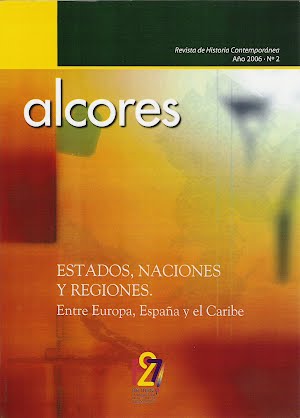The sap of the empire. Sugar, trade and colonial relation in Cuba
DOI:
https://doi.org/10.69791/rahc.274Keywords:
Sugar, trade, integration, trade relations, CubaAbstract
In the third decade of the 19th century, the Spanish American Empire had been reduced to the islands of Cuba and Puerto Rico. From that moment on, sugar constituted the sap of an empire, which although it was not built in the same way as those of other European powers, it was nevertheless very consistent with its own specific conditions. The first part of this paper, based upon the book Los Ingenios, analyses the workings of the Cuban sugar industry at a time when the producers of this island were the main suppliers of the global market, defraying the maintenance of the colonial empire with the wealth obtained. The second part examines the trade relations, the debates and the policies surrounding them. These trade relations were both the key to the maintenance of Spanish power on the island and the source of the colonial income that justified it.
Downloads
Global Statistics ℹ️
|
88
Views
|
17
Downloads
|
|
105
Total
|
|
Downloads
Published
How to Cite
Issue
Section
License
Copyright (c) 2007 Luis Miguel García Mora, Antonio Santamaría García

This work is licensed under a Creative Commons Attribution 4.0 International License.
Alcores is an open-access journal. It provides unrestricted access to its content from the moment of publication. We respect intellectual property rights, and for this reason, the author retains the copyright. All content is distributed under a Creative Commons Attribution 4.0 International (CC BY 4.0) license. The terms of the license can be consulted at: https://creativecommons.org/licenses/by/4.0/
This license allows sharing (copying and redistributing the material in any medium or format) and adapting (remixing, transforming, and building upon the material for any purpose), provided that authorship and first publication in this journal are properly credited, a link to the license is included, and any changes made are indicated.
This type of license facilitates the freedom of reuse and ensures that the content of this journal can be used to meet research needs.





